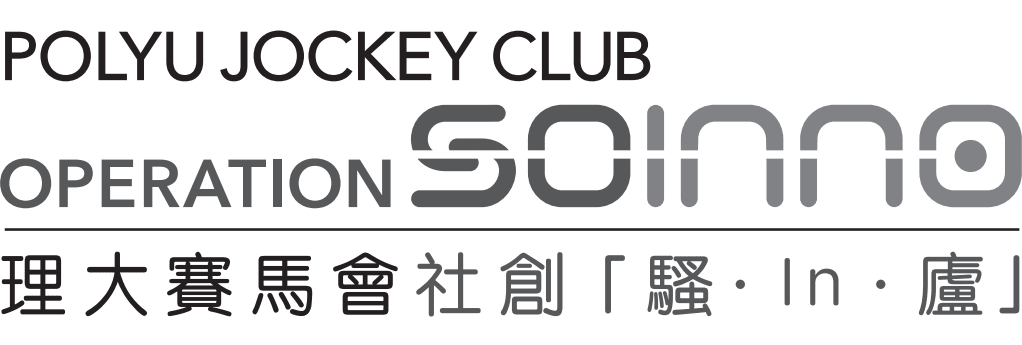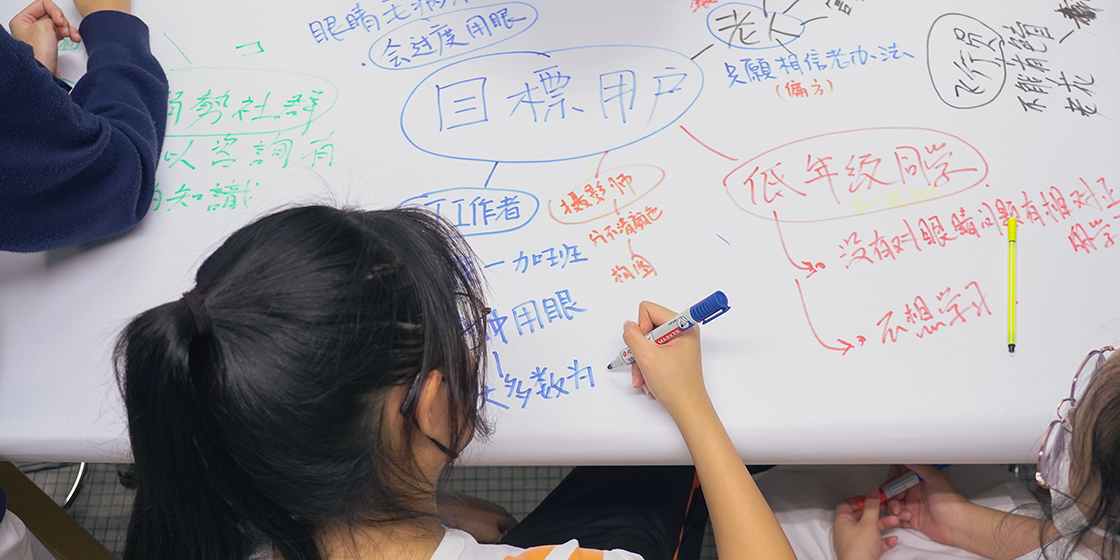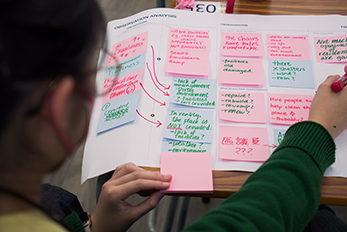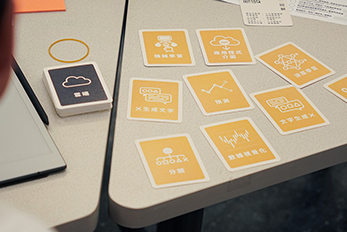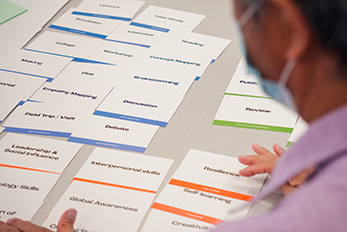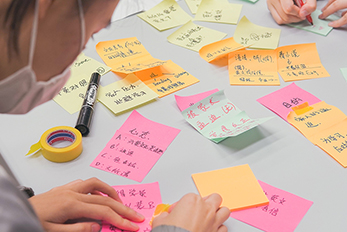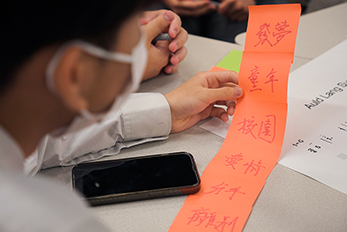WHAT is it?
This tool helps identify all of the people or parties that have a stake in an issue. Having a stake could mean being affected by or causing a situation, or standing to gain or lose from a proposed change. It provides a visual reference point for planning the project.
WHY teach it?
This task helps students visualise abstract relationships of interest. It also helps them contextualise an issue within its existing ecological system.
HOW to do it?
Instructions:
▸ Introduction (10 mins)
Explain the goal of the day and the several steps that the students will go through.
▸ Identifying stakeholders (60 mins)
Ask the students to use the provided template. They are to first put the issue or the main beneficiary in the middle of the map, and then try to think of all the people or parties that have a stake in the issue. Each stakeholder should be written onto its own sticky note and positioned on the map according to the
extent of their stake.
▸ Connecting the stakeholders (20 mins)
The stakeholders are then connected, first with the focal point in the middle and then with each other. The relationships between them should also be named and described.
▸ Discussion (10 mins)
Discuss the actual and potential support or obstacles arising from different stakeholders, the chances of making changes and the corresponding effects these changes would have on each stakeholder.
▸ Presentation and debriefing (10 mins)
Chinese Glossary
Stakeholder 持份者
References:
https://medium.com/masters-of-experience/think-beyond-ux-7c5537c9a161
Martin, B. and Hanington, B. (2012) Universal Methods of Design: 100 Ways to Research
Complex Problems, Develop Innovative Ideas, and Design Effective Solutions. Beverly,
MA: Rockport Publishers, 166–167.
